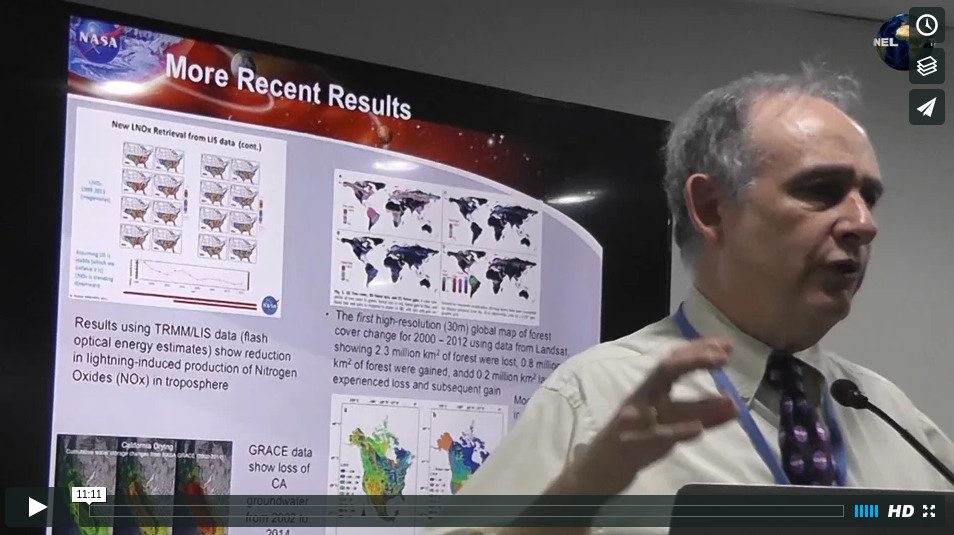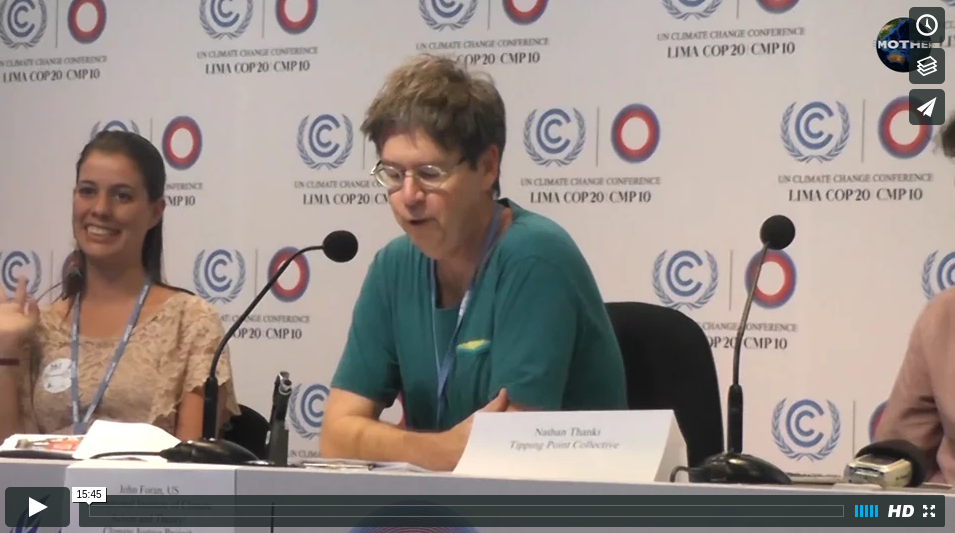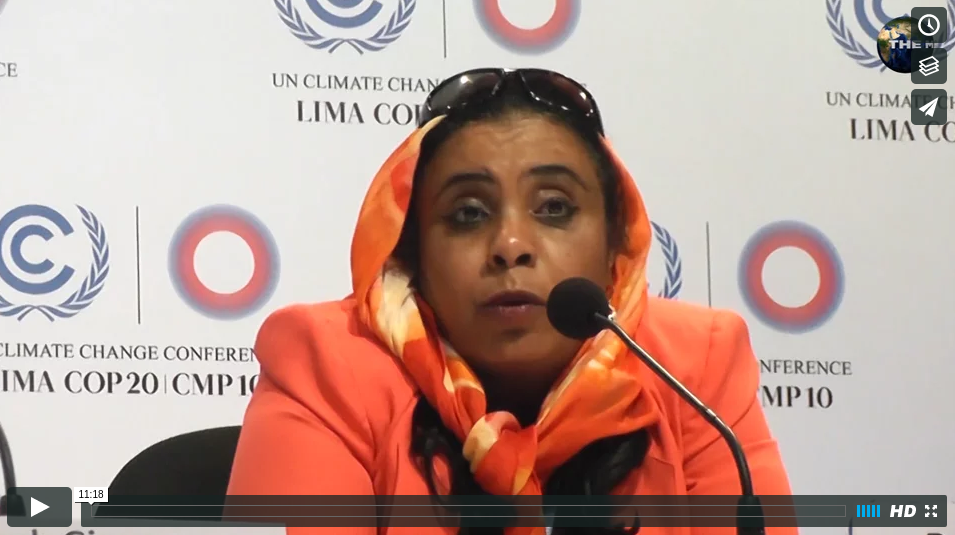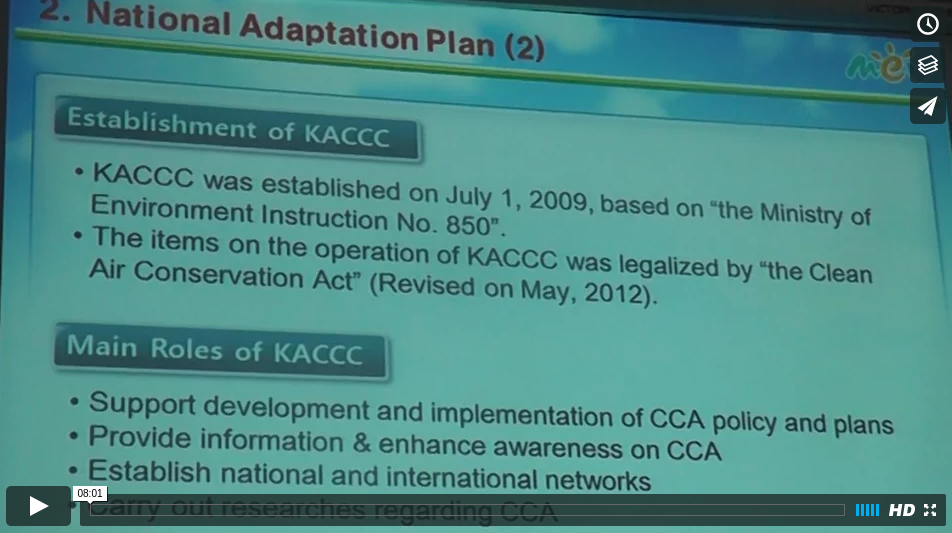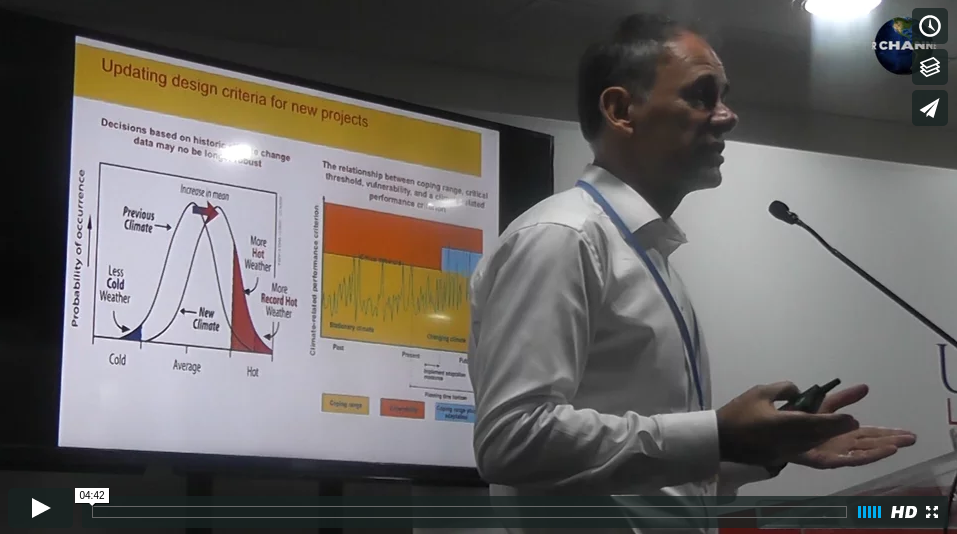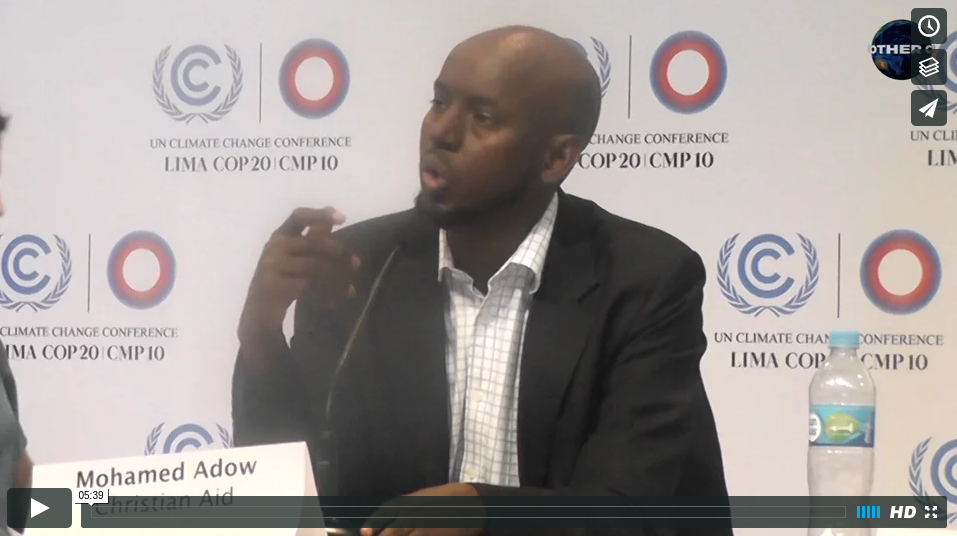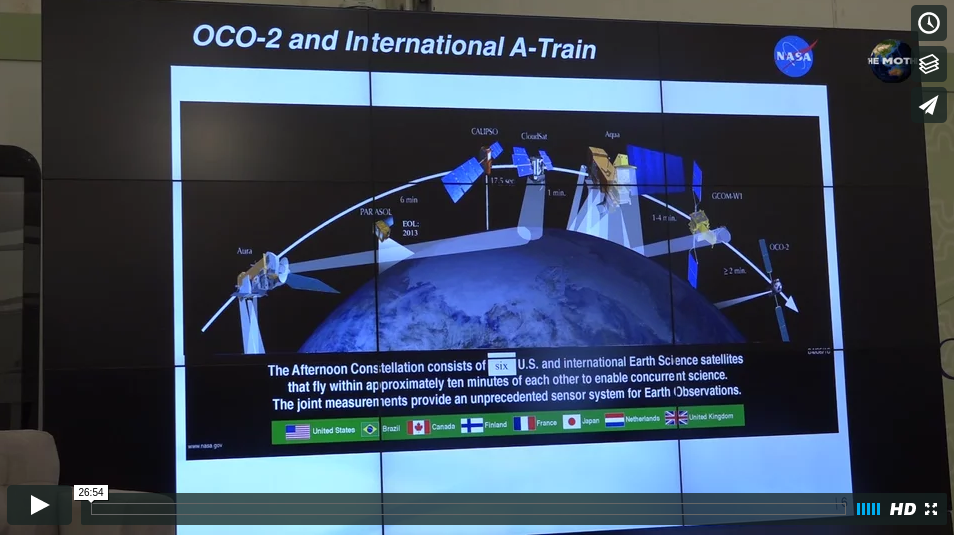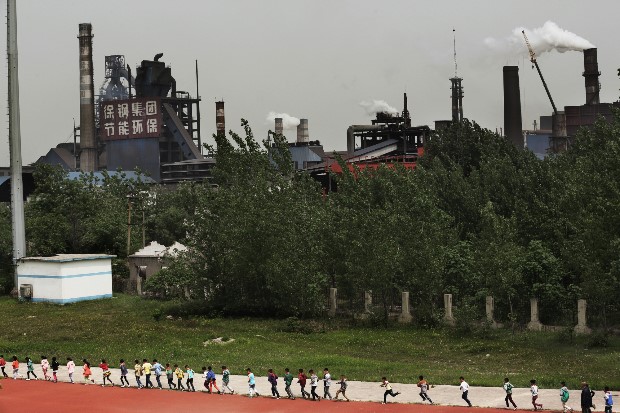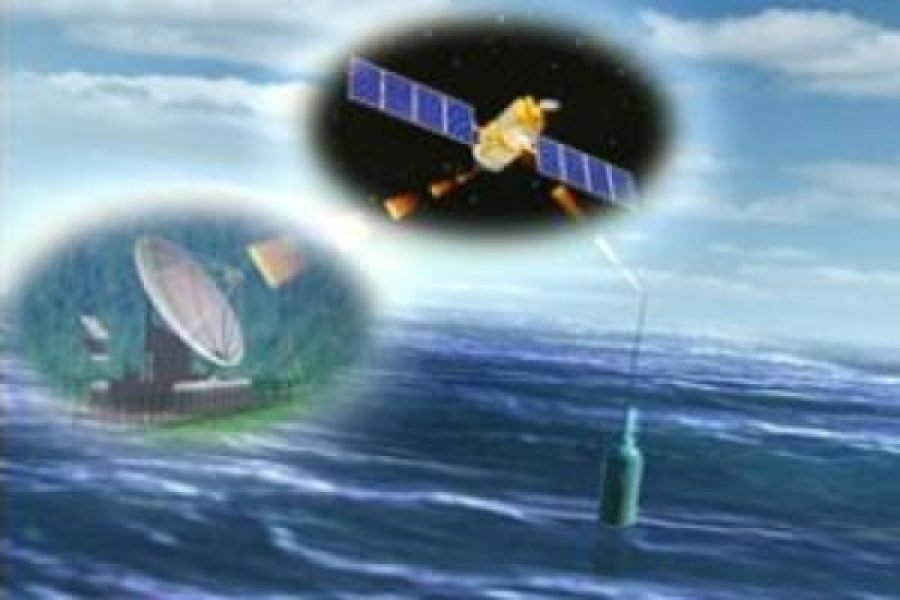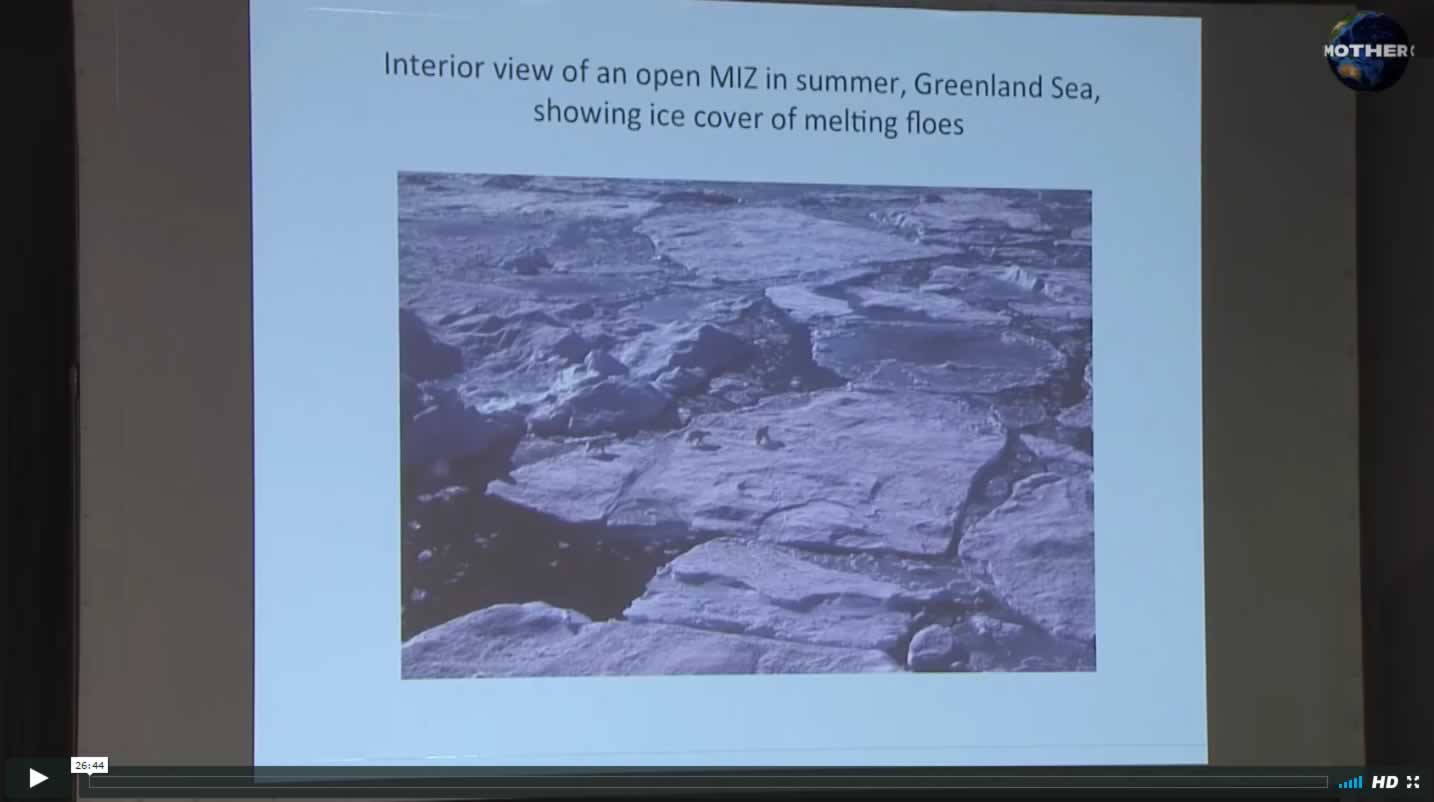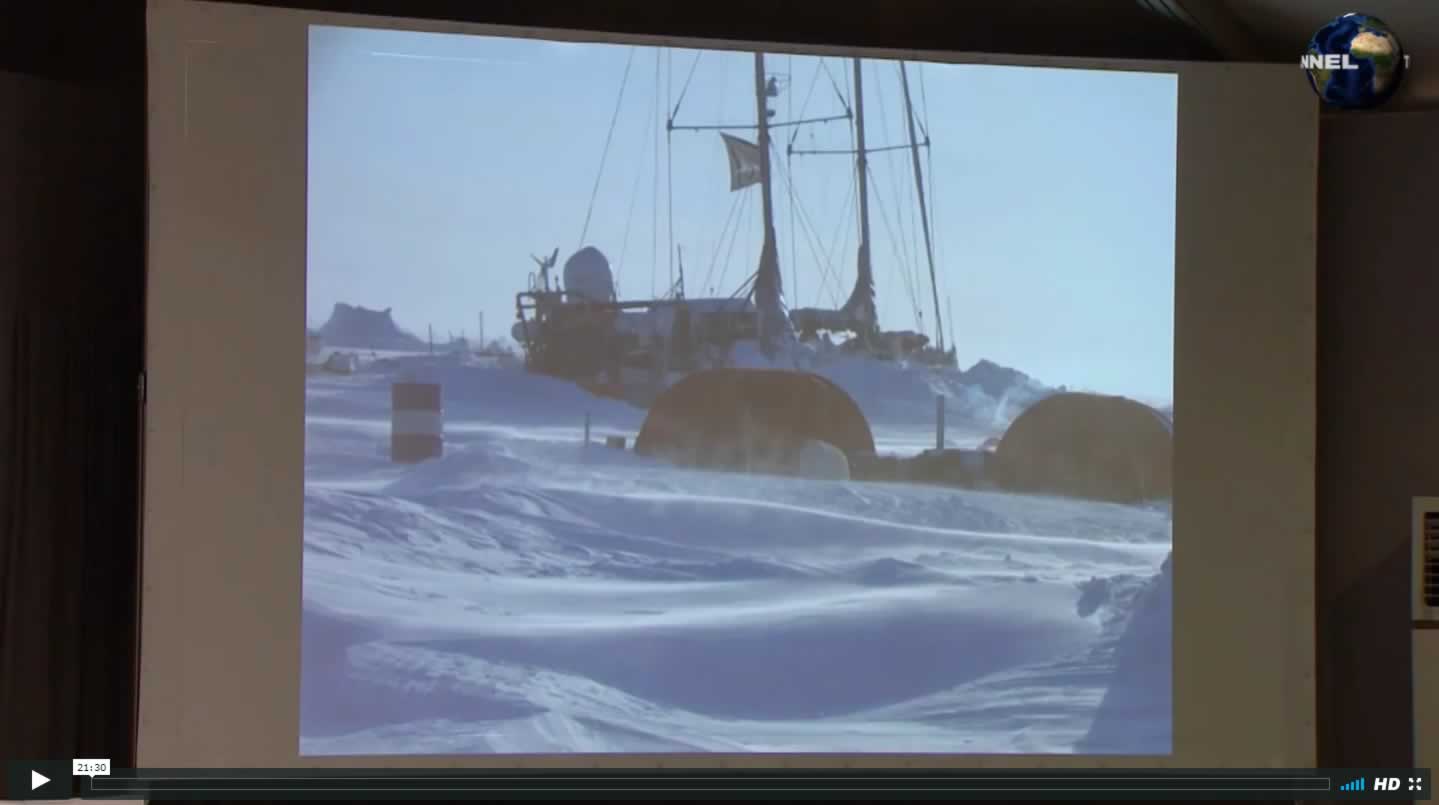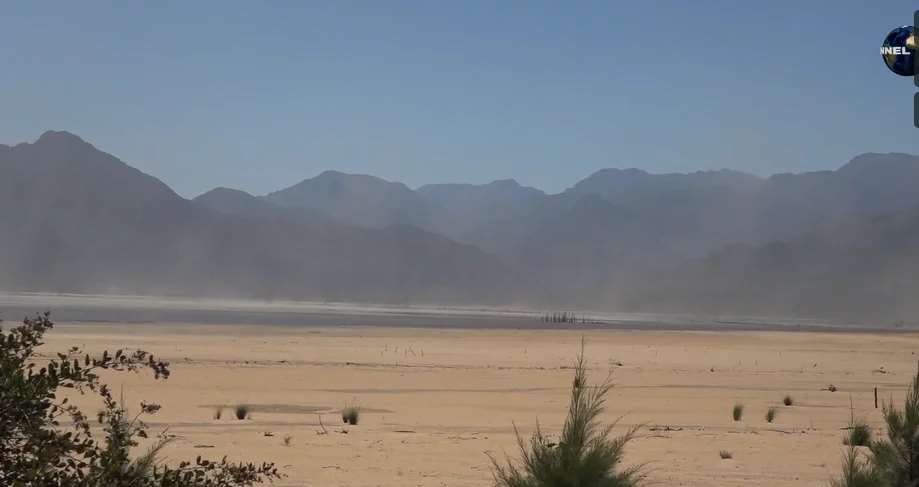- Live Stream
- Climate Change
- ENN
- Environmental Info
- Green Business
- Green Solutions
- Beautiful World
- Categories
- Articles
- Arctic & Glaciers
- Polar Regions and Glacier Reports
- Ethical Dimensions
- Global Warming
- Peatlands & Wetlands
- ENN – The Environmental News Network
- Agriculture
- Chemicals
- Conservation
- Fish Crime
- Forests
- Health
- Mountains
- Oceans
- Energy
- Money
- Green or Gone
- Nutrition
- Permaculture
- Various Solutions
- Powerful
- Watch This
- Water
- Breaking News
- Series ENN
COP 20 Korean Climate Change Impacts, Trends and Adaptation
Presenters from Korea Adaptation Centre for Climate Change (KACCC) speak on Korea’s Climate Change Impacts and Adaptation efforts, including International Cooperation for Adaptation, at COP 20, Lima, Peru. Currently the degree of climate change on the Korean Peninsula is greater than the global average, even with Korean Government’s strong commitment, the fight against climate change […]
CLOSE

